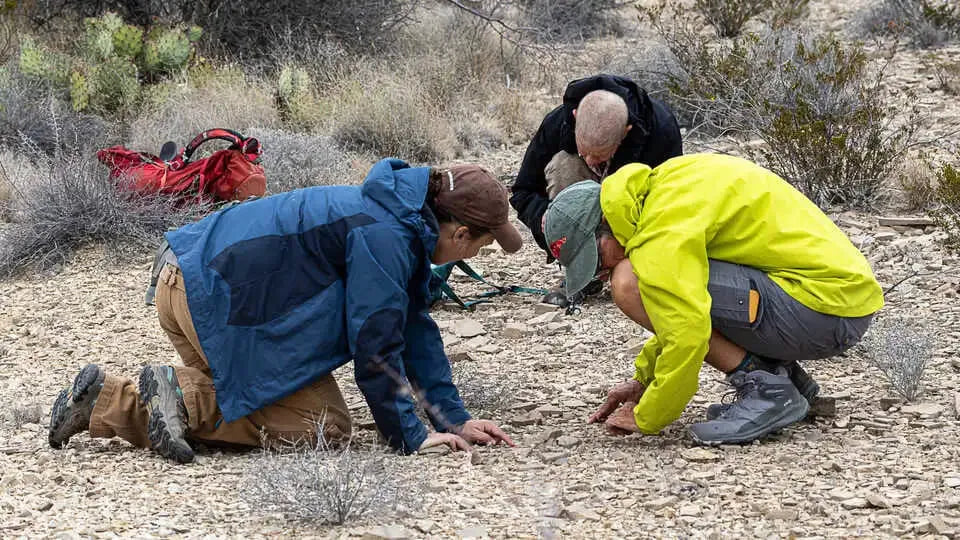A Big Bend National Park Historical Discovery
In a groundbreaking botanical discovery, scientists have discovered a new plant species in Texas’ Big Bend National Park. The "Woolly Devil" (Ovicula Biradiata) is the first newly documented genus and species in the park since 1976.
This amazing find illustrates the remarkable diversity of Big Bend, an area renowned for its unique desert flora and harsh environments. So why is this plant special, and why should it be preserved?
The "Woolly Devil" moniker refers to the unusual look of the plant:
- Its surface is encased in a woolly texture.
- It features two bright red ray flowers resembling devil horns.
- It has a resilient framework that has evolved to withstand the harsh Texas desert climate.
Despite having an apparently extraterrestrial look, the Ovicula Biradiata is the product of millions of years of evolution and resides in one of the most extreme and beautiful environments of North America.
Why Is This Discovery Important?
1. First New Genus and Species in Big Bend Since 1976
Not only is this a new species—it is an entirely new genus—so it is a landmark discovery in botanical science. It has been almost 50 years since a species like this was discovered in Big Bend, and this reinforces the reputation of the park as a hotbed of diversity.
2. Potential Medicinal Qualities
Initial research suggests that the Woolly Devil might have unique biochemical compounds. Some desert flowers have been used in traditional medicine for millennia, and researchers are keen to explore whether Ovicula Biradiata has any possible medicinal uses.
3. Conservation and Environmental Impact
Since the plant is a new discovery, neither its population number nor its vulnerability has yet been established. Specialists recommend protecting the species before its risk is threatened by human action or global warming.

Big Bend National Park: A Botanical Treasure Trove
Big Bend National Park is a hot spot of biodiversity with over 1,200 species of plants, ranging from huge cacti to small wildflowers. The discovery of the new Ovicula Biradiata species indicates that the park is still teeming with botanical surprises waiting to be found.
This finding aids in the preservation of not just the Woolly Devil but the entire Big Bend ecosystem through continued conservation efforts.
Why This Matters for Travelers & Nature Lovers
If you're a traveler, nature enthusiast, or botany enthusiast, this discovery is just one more great excuse to visit Big Bend National Park. You never know—your next hike down a trail could take you by one of the sole Woolly Devil plants ever documented by science!
For the thrill-seeking adventurers who love to track down new finds, a State Parks Travel Map would be an effective way to document your discovery of Big Bend and other beloved parks.
Final Thoughts
The discovery of the Ovicula Biradiata ‘Woolly Devil’ plant species in Big Bend National Park reminds us of nature's secrets yet to be discovered. It's a reminder to preserve, to be inquisitive as scientists, and to be amazed at the wild landscapes that still surprise us.
Botanists will continue to study this plant, searching for its potential applications and how to properly protecting it. In the meantime, travelers and adventurers can add Big Bend to their bucket list.






Laat een reactie achter
Deze site wordt beschermd door hCaptcha en het privacybeleid en de servicevoorwaarden van hCaptcha zijn van toepassing.